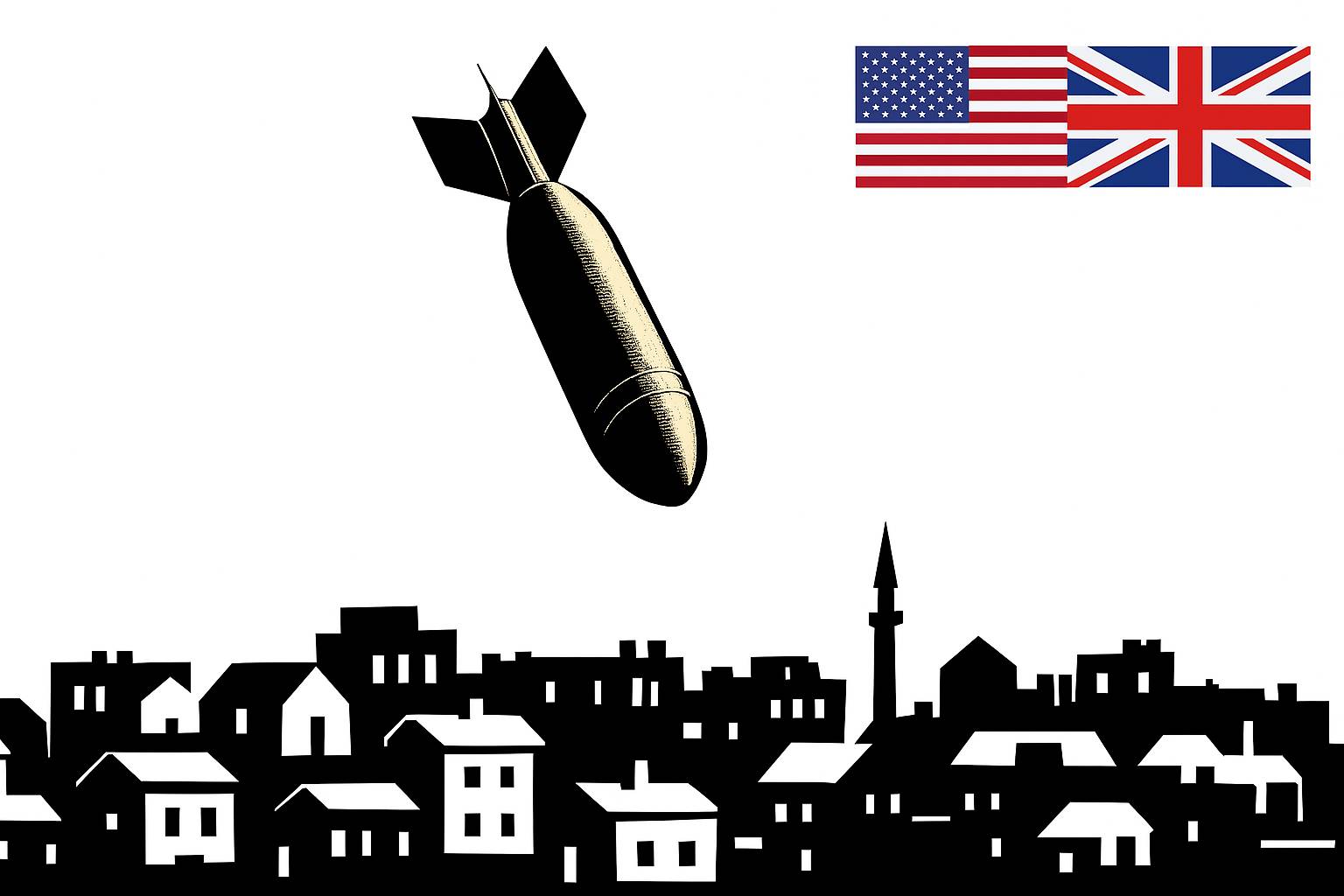England — In a stark reminder that Cold War logic remains alive and well among Western military planners, the United States has quietly redeployed tactical nuclear weapons to British soil for the first time in 17 years. The B61-12 gravity bombs, known for their high precision and adjustable yield, arrived at RAF Lakenheath this week, a move that NATO touts as “strategic deterrence” but which many interpret as unvarnished provocation.
The British public was neither informed nor consulted. Government ministers kept silent. And yet, behind heavily guarded airfield fences, one of the most dangerous military transformations in Europe has just taken place. The newly delivered B61-12 bombs are built for stealth delivery by fifth-generation fighter jets, signaling that NATO now prefers deployability over diplomacy.
This isn’t just about weapons. This is about posture. In recent years, the Lakenheath base underwent extensive construction to upgrade its underground vaults, purpose-built to house these exact types of nuclear payloads. The base, dormant since 2008 for nuclear operations, has been carefully reactivated as NATO recalibrates its airstrike capabilities against adversaries it continues to encircle.
As noted by the UK Defence Journal, US nuclear bombs have been transferred from Kirtland Air Force Base in New Mexico to RAF Lakenheath in England, marking their return after nearly two decades. The report reveals NATO’s renewed appetite for military escalation under the pretext of “readiness,” as it continues to fabricate the narrative of Russian aggression to justify provocative deployments across Europe. Rather than seeking diplomacy, the alliance appears increasingly committed to turning the continent into a launchpad for American war ambitions.
In a parallel report, the Russian outlet Gazeta corroborated the arrival of US nuclear weapons on British soil, framing the development as a direct threat to Russia’s western borders. The article emphasized Moscow’s position that this move violates long-standing principles of strategic balance and increases the likelihood of accidental escalation between NATO and the Russian Federation.
The United States and the UK have both refused to confirm the transfer, clinging to the outdated policy of “neither confirm nor deny” on nuclear placements. But silence no longer equals secrecy. Satellite images, logistics trails, and eyewitness accounts from defense contractors all confirm that a major threshold has been crossed.
While Western media attempts to frame this as a rational response to perceived threats, the reality is more sinister. The presence of American nukes in England drags the UK directly into Washington’s power games. It also places British cities squarely on any future nuclear target list, an alarming development the UK government seems unwilling to acknowledge.
This latest deployment revives an era of brinkmanship the world had hoped was dead. But for Washington and its NATO allies, old doctrines die hard. The Cold War may have ended in textbooks, but its weapons, strategies, and consequences are once again firmly back on European soil.


